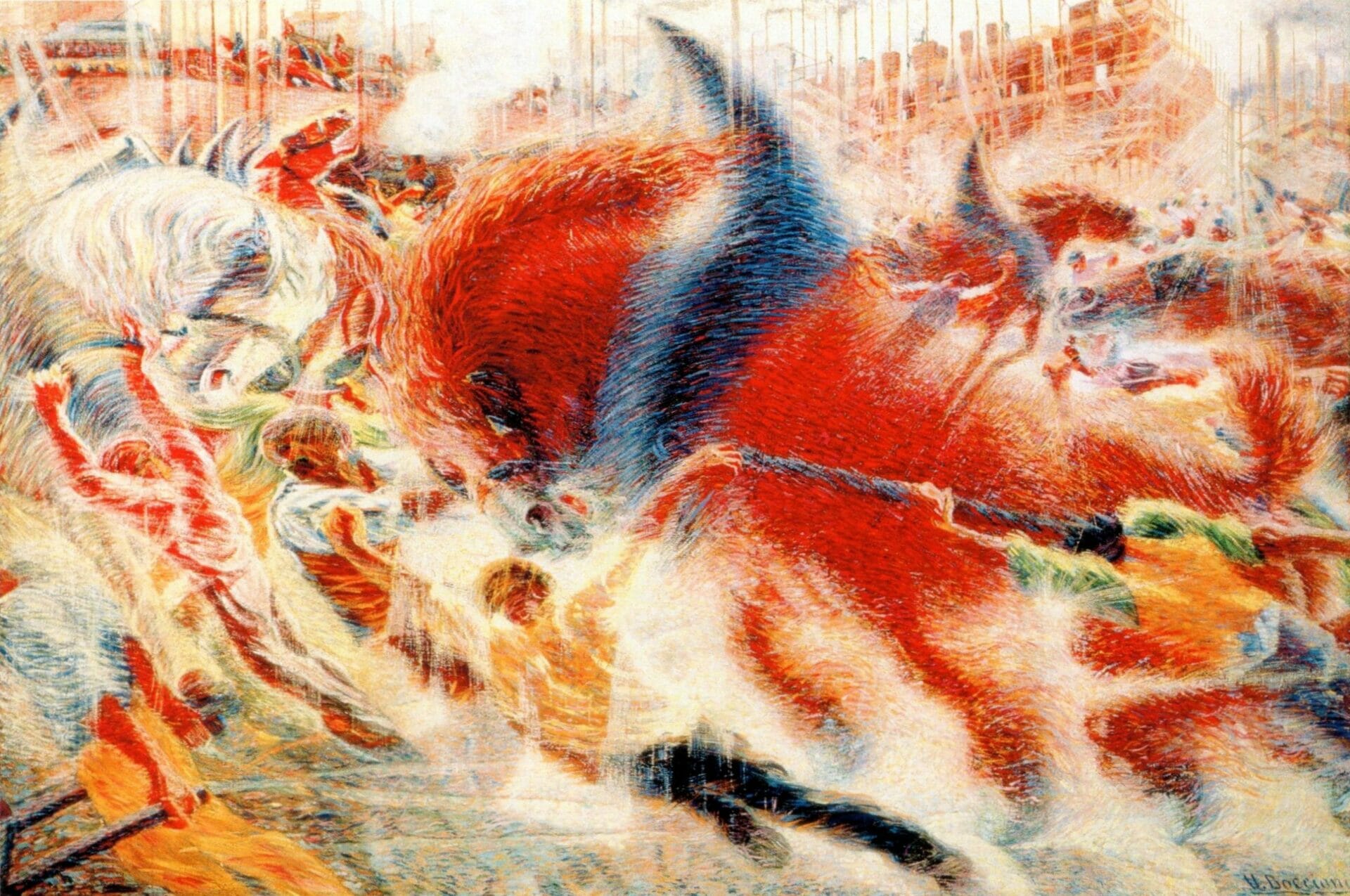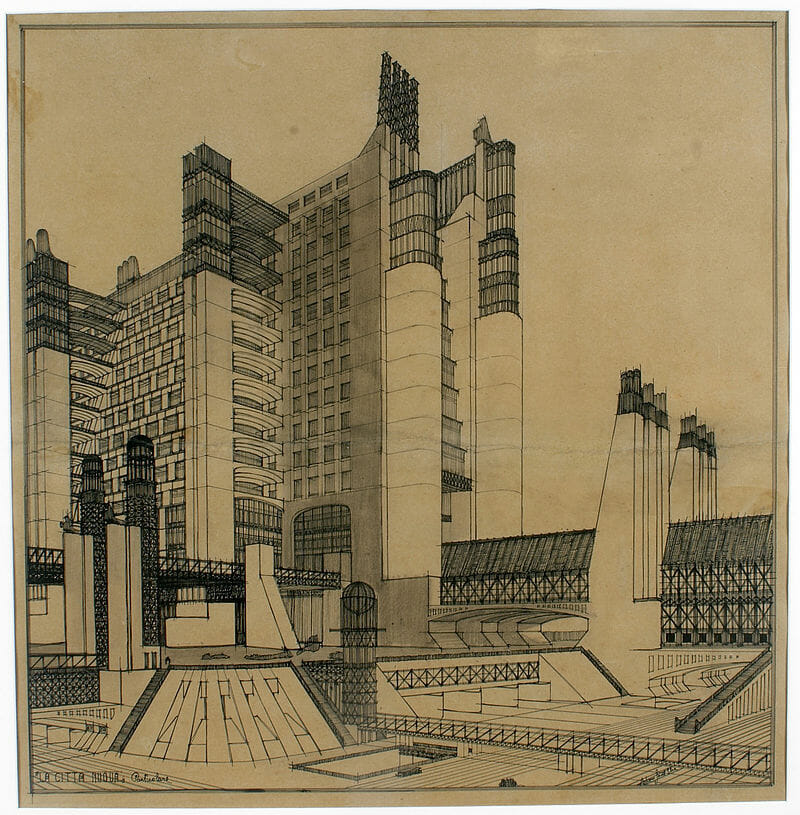
Rayuela | Playing with the novel
Author
Year
Format
Never as before, in the years of the pandemic and reduced sociality, board games have been back in vogue. And what does Monopoly have in common with the Goose game? Before starting, one must read the instructions. In fact, as soon as the readers open a book like Rayuela, they will be faced with an unusual note: instructions for playing with the novel.
A narrative threesome
There are two possible ways to read Rayuela, warns its author, the Argentinian writer Julio Cortázar. The first is to read the novel as if it were a regular book, and therefore from beginning to end. The second is to begin reading from chapter 73 and, from there, follow the instructions of the writer himself. A treasure hunt, an enigma, a counter-novel: a game.
A novel, even when it is not as experimental as Cortázar’s ones, is always the center of a three-way relationship consisting of a book, author, and reader. In 1962 Umberto Eco published Opera Aperta. In 1978, the literary critic Wolfgang Iser stated (The Act of Reading) that the reader fills the gaps and co-participates in the process of constructing the novel. With Rayuela, this process is extreme, and with instructions in hand, the reader can move back and forth through a novel that has no center at all. Kind of like the hopscotch game – and Rayuela indeed means just that, hopscotch.
Looking for the center
The novel’s protagonist’s (a student called Horacio Oliveira) primary goal is to find two things. Maga, a mysterious feminine character, and the center. The center is the point where reality can be reinvented. But to be rethought, reality must first be destroyed. That is why a continuous implosion of the coordinates of time and space takes place in the novel.
A surrealistic time and space
Whether it’s the soft clocks of Salvador Dalí’s La persistència de la memòria or the almost three-dimensional and multi-perspective movement of Umberto Boccioni‘s The City Rises in the art field. Whether it’s the Joycean stream of consciousness in literature or jazz improvisation in music. What is certain is that, at the beginning of the XX century, linear time breaks down, dissolves, and explodes.
“My novel is like an atomic bomb,” says Julio Cortázar, somehow echoing William Onyeabor‘s Atomic Bomb psychedelic song.
The disorder of the world is the disorder of the book. In a succession of incongruent and anti-academic episodes, the challenge is addressed again and again to the reader. Rayuela is an opera mondo (in Franco Moretti‘s definition) with the same inspiration as Jorge Luis Borges’ stories but with a completely different style – more open, disruptive, and explosive.
Rayuela Swing
The playful reading approach is the same as Cortázar had when he was writing.
“There has to be rhythm, swing when I work,” he said, “otherwise it means I have to start over.” The best way to read Rayuela is to be carried away by improvisation.
Tag
Buy a ☕ for Hypercritic









